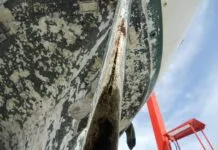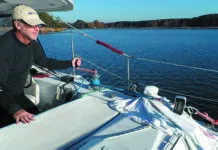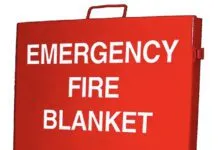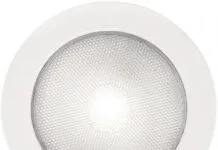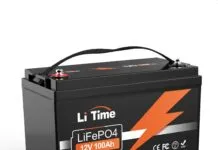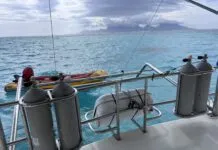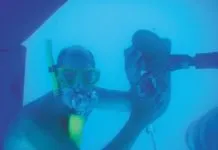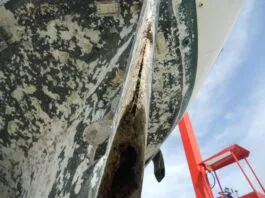WeatherFlow: A Smart Wind Meter
WeatherFlow, a leader in the private-sector weather industry, recently introduced its first hardware product for the wind- and weather-addicted community: the WeatherFlow wind meter....
Wireless Multiplexers
ConclusionIf your needs are fairly simple-combining an AIS with an NMEA 0183 instrument, for example-the Digital Yacht MUX100 and WLN10 or 10HS may be...
A NMEA 2000-and Beyond-Survival Guide
NMEA 2000 (aka NMEA 2K or N2K) is the communication standard replacing NMEA 0183. It is a technical standard (IEC 61162-3) used for connecting...
Wind Systems Part 2: Data Display and User Interface
Its dusk on an overcast, gusty day, and raw data is pouring into your wind display from the masthead, GPS, and the knotlog. Can...
When Choosing Pilots, Err on Side of Caution
In a nutshell, autopilots have one main function: to assume control of a vessels steering and control its heading, be it a specific course...
Rotary-Drive Autopilot for Worm Gear Steering
Autopilots are one piece of electronics gear that truly has something to offer every sailor-from gunkholer to bluewater cruiser. Having this extra crewmember onboard...
The New Bad Boy
What We FoundThe setups power usage-including the Unleashed-was minimal, typically in the range of 200-300 milliamps, less than our ability to measure it precisely.Installation...
An Experiment in Boosting Wi-Fi the DIY Way
In November 2010, Practical Sailor posted a Reader Workbench article written by subscriber Ed Mini of Mystic, Conn., on a do-it-yourself Wi-Fi booster/antenna assembled...
Testing Telemedicines Limits
Early into the 645-mile race between Marion, Mass., and the island of Bermuda in 2009, trouble brewed aboard the C&C 40 Corsair. The bizarre...
Wind Sensor Testing
For better or for worse, the modern cruising sailor is becoming more like an airplane pilot. Safely ensconced out of the wind, the helmsman...









